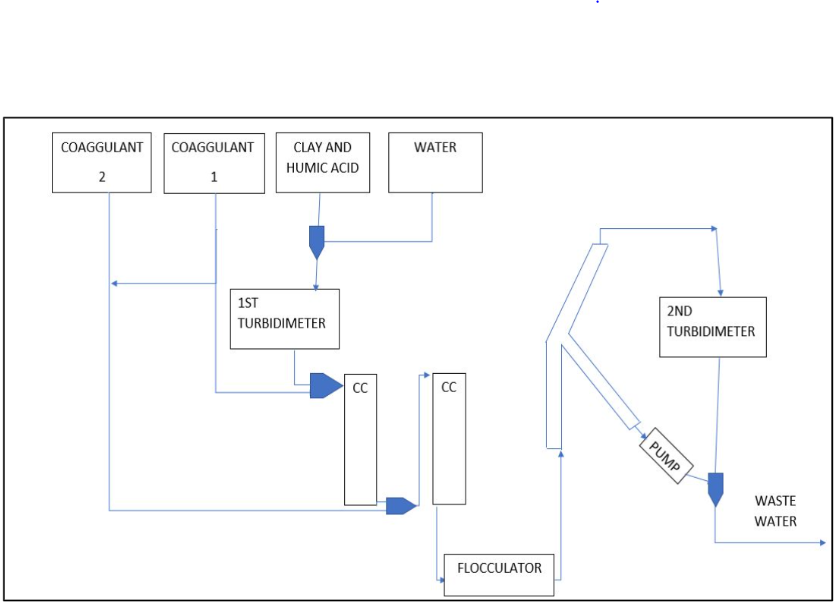Yuhao Du, Andrew Kang, Alaia Malaina
Abstract
Two Stage Coagulant Addition team was designing and fabricating an apparatus that was used to experiment the benefit of having two stage coagulant addition, in opposition to one, while maintaining an efficient effluent turbidity. "Two stage" stood for adding clean coagulant after all previously added coagulant was fully covered by humic acid, which was the experimental substitution of NOM in the water. The research was based on Yingda's thesis, who studied the effect of humic acid on the coagulant dosing model. Based on the bonding mechanism, it could be hypothesized that two stage coagulant addition would increase the removal efficiency of particles. This semester, our group focused on comparing 1 stage addition with 2 stage addition and carrying on the experiment with different influent turbidities, as well as trying to improve Yingda's coagulant dosage model. By having a fixed HA/Clay concentration, we designed a ProCoDa increment system that will allow ProCoDa to increase the dosage of coagulants for separate experiments, without having to manually ending the experiment.
Lab process set-up


